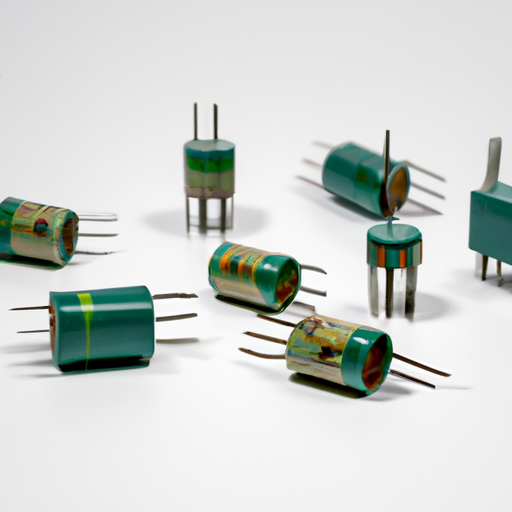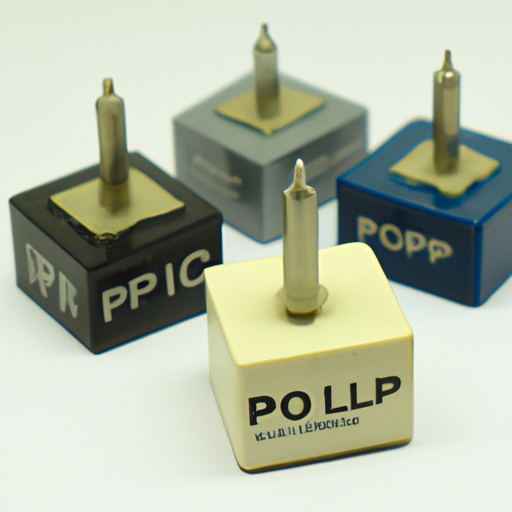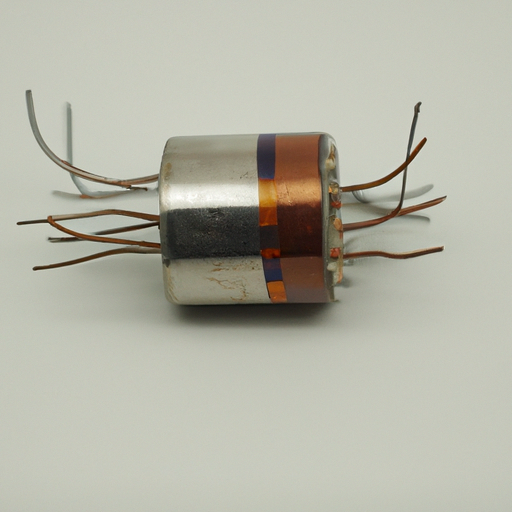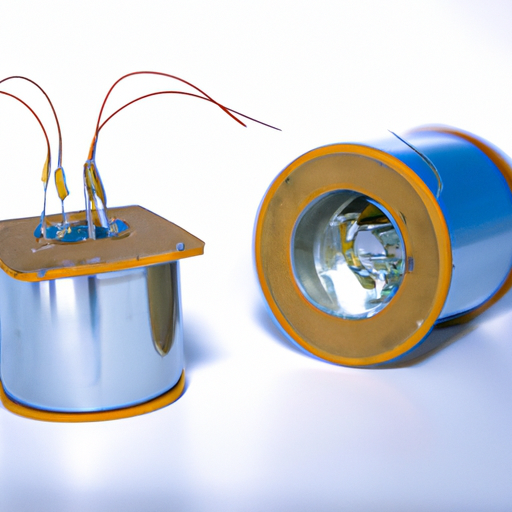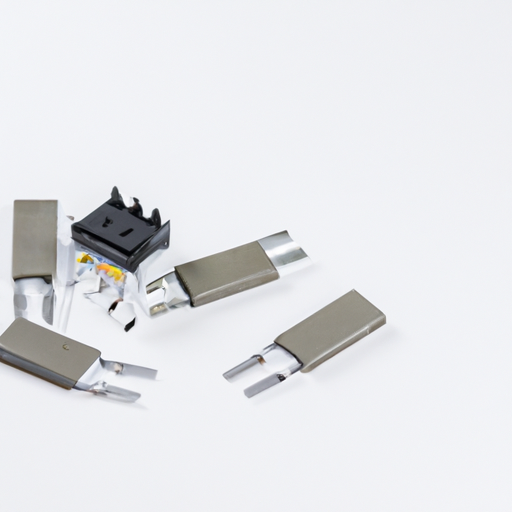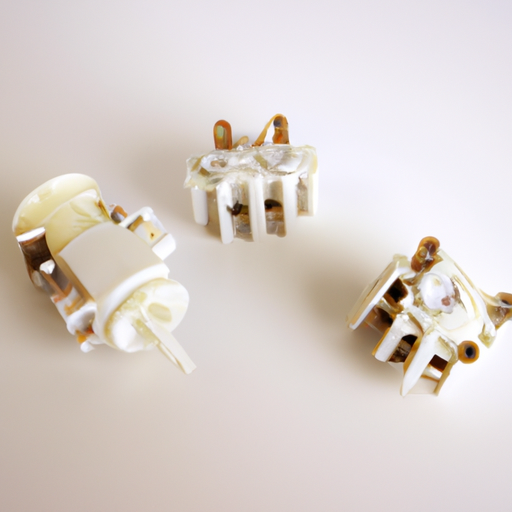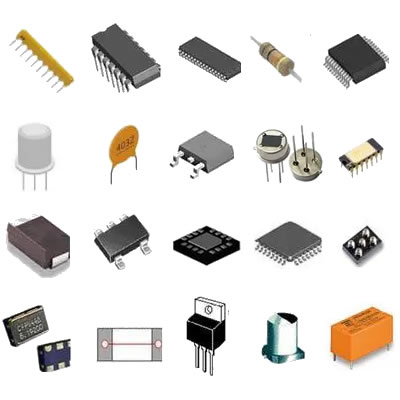What is the current situation of the motor capacitor industry?
What is the Current Situation of the Motor Capacitor Industry?
I. Introduction
Motor capacitors are essential electrical components that store and release energy to help start and run electric motors. They play a crucial role in various applications, from household appliances to industrial machinery. As the demand for efficient and reliable motor systems continues to grow, the motor capacitor industry has evolved significantly. This blog post explores the current situation of the motor capacitor industry, examining its historical context, market landscape, applications, technological innovations, challenges, and future trends.
II. Historical Context
The evolution of motor capacitors can be traced back to the early 20th century when the need for efficient motor operation became apparent. Initially, capacitors were simple devices with limited functionality. However, key technological advancements, such as the introduction of electrolytic capacitors and improvements in dielectric materials, have transformed motor capacitors into sophisticated components capable of enhancing motor performance.
Historically, the motor capacitor market has experienced fluctuations in demand, influenced by the growth of the electric motor industry and advancements in technology. The post-World War II era saw a surge in industrialization, leading to increased demand for electric motors and, consequently, motor capacitors. Over the decades, the market has adapted to changing consumer needs and technological innovations, setting the stage for the current landscape.
III. Current Market Landscape
A. Global Market Size and Growth Rate
As of 2023, the global motor capacitor market is valued at approximately $XX billion, with a projected compound annual growth rate (CAGR) of XX% over the next five years. This growth is driven by the increasing adoption of electric motors across various sectors, including manufacturing, HVAC, and consumer electronics.
1. Key Statistics and Figures
Recent studies indicate that the demand for motor capacitors is expected to rise significantly, with a notable increase in the production of energy-efficient motors. The market is also witnessing a shift towards smart technologies, further propelling growth.
2. Regional Market Analysis
Regionally, North America and Europe have historically dominated the motor capacitor market due to their advanced industrial sectors. However, Asia-Pacific is emerging as a key player, driven by rapid industrialization and urbanization in countries like China and India.
B. Major Players in the Industry
The motor capacitor industry is characterized by the presence of several leading manufacturers, including:
1. Leading Manufacturers
Company A: Known for its innovative capacitor designs and extensive product range.
Company B: A major player in the HVAC sector, specializing in high-performance capacitors.
Company C: Focuses on energy-efficient solutions and has a strong presence in the electric vehicle market.
2. Market Share Analysis
These companies collectively hold a significant share of the market, with ongoing competition driving innovation and price adjustments. The market is also witnessing the entry of new players, intensifying competition.
C. Types of Motor Capacitors
Motor capacitors can be categorized into three main types:
1. Start Capacitors
Start capacitors provide the necessary torque to start an electric motor. They are typically used in single-phase motors and are designed for short-term use.
2. Run Capacitors
Run capacitors are used during the operation of the motor to improve efficiency and performance. They remain in the circuit while the motor is running.
3. Dual Capacitors
Dual capacitors combine the functions of both start and run capacitors, making them versatile for various applications.
IV. Applications of Motor Capacitors
A. Industrial Applications
1. Manufacturing and Machinery
Motor capacitors are widely used in manufacturing processes, powering machinery that requires precise control and efficiency. They are integral to conveyor systems, pumps, and other industrial equipment.
2. HVAC Systems
In heating, ventilation, and air conditioning (HVAC) systems, motor capacitors help ensure efficient operation of compressors and fans, contributing to energy savings and improved performance.
B. Consumer Applications
1. Home Appliances
Motor capacitors are found in various household appliances, including refrigerators, washing machines, and air conditioners, where they enhance motor performance and energy efficiency.
2. Electric Vehicles
With the rise of electric vehicles (EVs), motor capacitors are becoming increasingly important in powering electric motors, contributing to the overall efficiency and performance of EVs.
C. Emerging Applications
1. Renewable Energy Systems
As the world shifts towards renewable energy, motor capacitors are being integrated into solar inverters and wind turbines, playing a vital role in energy conversion and storage.
2. Smart Technologies
The integration of motor capacitors with smart technologies is paving the way for advanced monitoring and control systems, enhancing the efficiency of various applications.
V. Technological Innovations
A. Advancements in Capacitor Technology
1. Materials and Design Improvements
Recent advancements in materials, such as the use of high-dielectric constant materials, have led to the development of more compact and efficient motor capacitors. Improved designs also enhance thermal stability and reliability.
2. Energy Efficiency and Sustainability
The push for energy-efficient solutions has driven innovation in capacitor technology, with manufacturers focusing on developing capacitors that minimize energy loss and reduce environmental impact.
B. Impact of Digitalization and IoT
1. Smart Capacitors and Monitoring Systems
The rise of the Internet of Things (IoT) has led to the development of smart capacitors equipped with monitoring capabilities. These capacitors can provide real-time data on performance, enabling predictive maintenance and reducing downtime.
2. Integration with Automation Technologies
Motor capacitors are increasingly being integrated with automation technologies, enhancing the efficiency of industrial processes and contributing to the growth of smart factories.
VI. Challenges Facing the Industry
A. Supply Chain Disruptions
The motor capacitor industry has faced significant supply chain disruptions due to global events such as the COVID-19 pandemic and geopolitical tensions. These disruptions have affected the availability of raw materials and components, leading to delays in production and increased costs.
B. Regulatory Challenges
1. Environmental Regulations
As environmental concerns grow, manufacturers must comply with stringent regulations regarding the production and disposal of capacitors. This has led to increased costs and the need for innovation in sustainable materials.
2. Safety Standards
Compliance with safety standards is crucial for manufacturers, as failure to meet these standards can result in product recalls and damage to brand reputation.
C. Competition and Market Saturation
1. Price Wars and Profit Margins
Intense competition has led to price wars, squeezing profit margins for manufacturers. Companies must find a balance between competitive pricing and maintaining quality.
2. Innovation vs. Cost-Cutting
While innovation is essential for growth, companies often face the challenge of balancing research and development costs with the need to remain competitive in pricing.
VII. Future Trends and Opportunities
A. Growth Potential in Emerging Markets
Emerging markets, particularly in Asia-Pacific and Africa, present significant growth opportunities for the motor capacitor industry. As industrialization and urbanization continue, the demand for electric motors and capacitors is expected to rise.
B. Increasing Demand for Energy-Efficient Solutions
The global push for energy efficiency and sustainability will drive demand for advanced motor capacitors that enhance the performance of electric motors while minimizing energy consumption.
C. Role of Research and Development
Investing in research and development will be crucial for manufacturers to stay ahead of the competition and meet the evolving needs of the market.
D. Potential for Mergers and Acquisitions
As the industry consolidates, mergers and acquisitions may become more common, allowing companies to expand their product offerings and market reach.
VIII. Conclusion
In summary, the motor capacitor industry is currently experiencing significant growth, driven by technological advancements, increasing demand for energy-efficient solutions, and the rise of smart technologies. However, challenges such as supply chain disruptions and regulatory pressures must be addressed to ensure continued success. The future of the motor capacitor industry looks promising, with ample opportunities for innovation and expansion in emerging markets. As the industry adapts to changing consumer needs and technological advancements, the importance of motor capacitors in various applications will only continue to grow.
IX. References
- [Insert relevant studies, reports, and articles]
- [Suggested further reading for in-depth understanding]
This comprehensive overview of the current situation of the motor capacitor industry highlights its significance, challenges, and future potential, providing valuable insights for stakeholders and enthusiasts alike.

